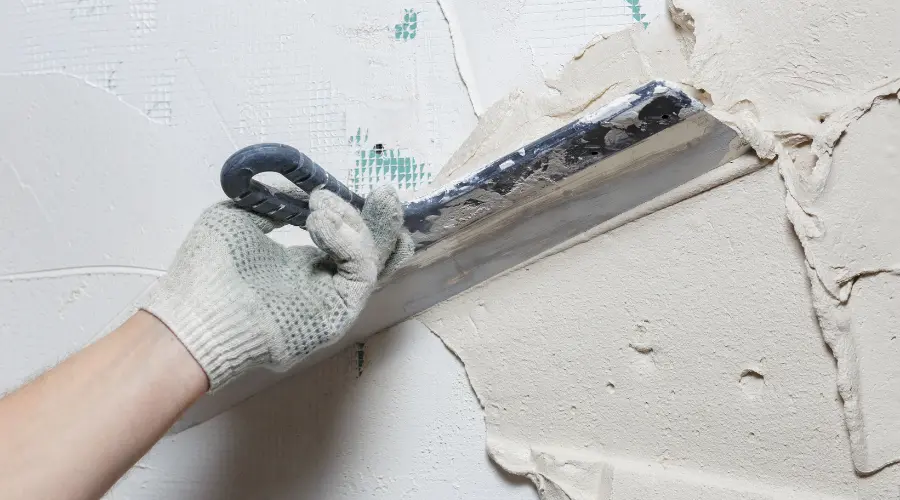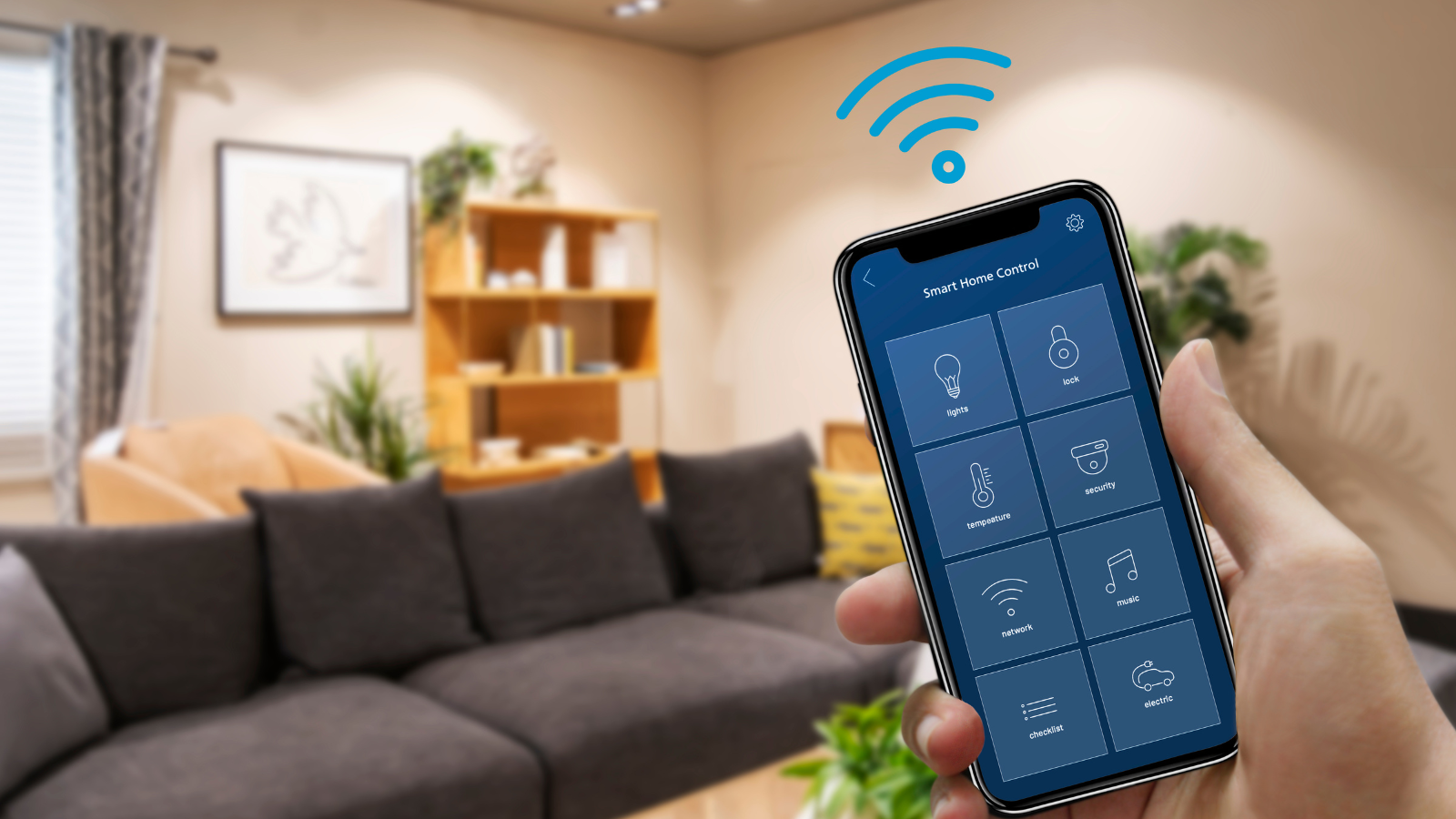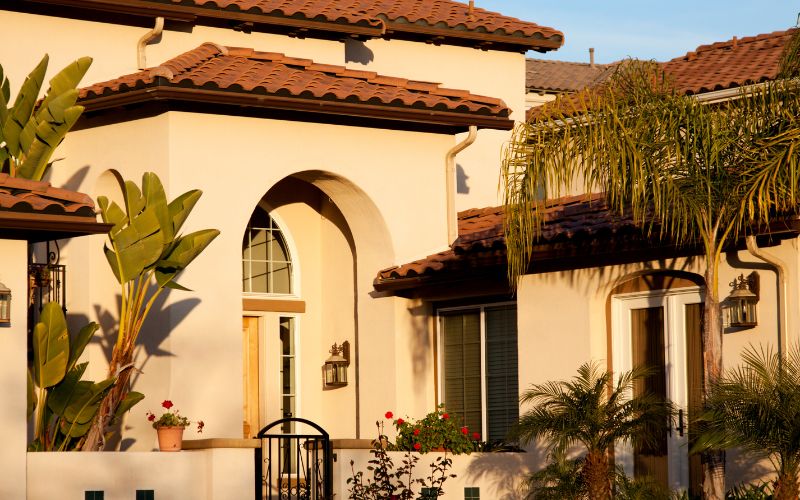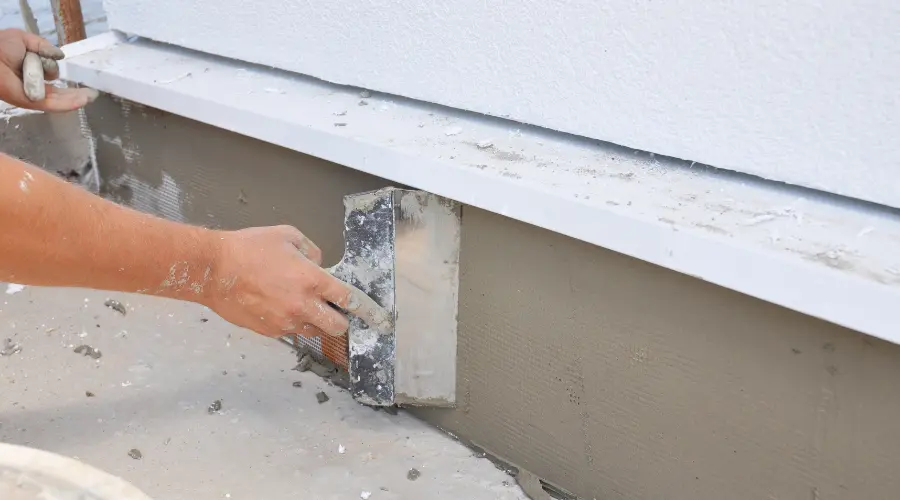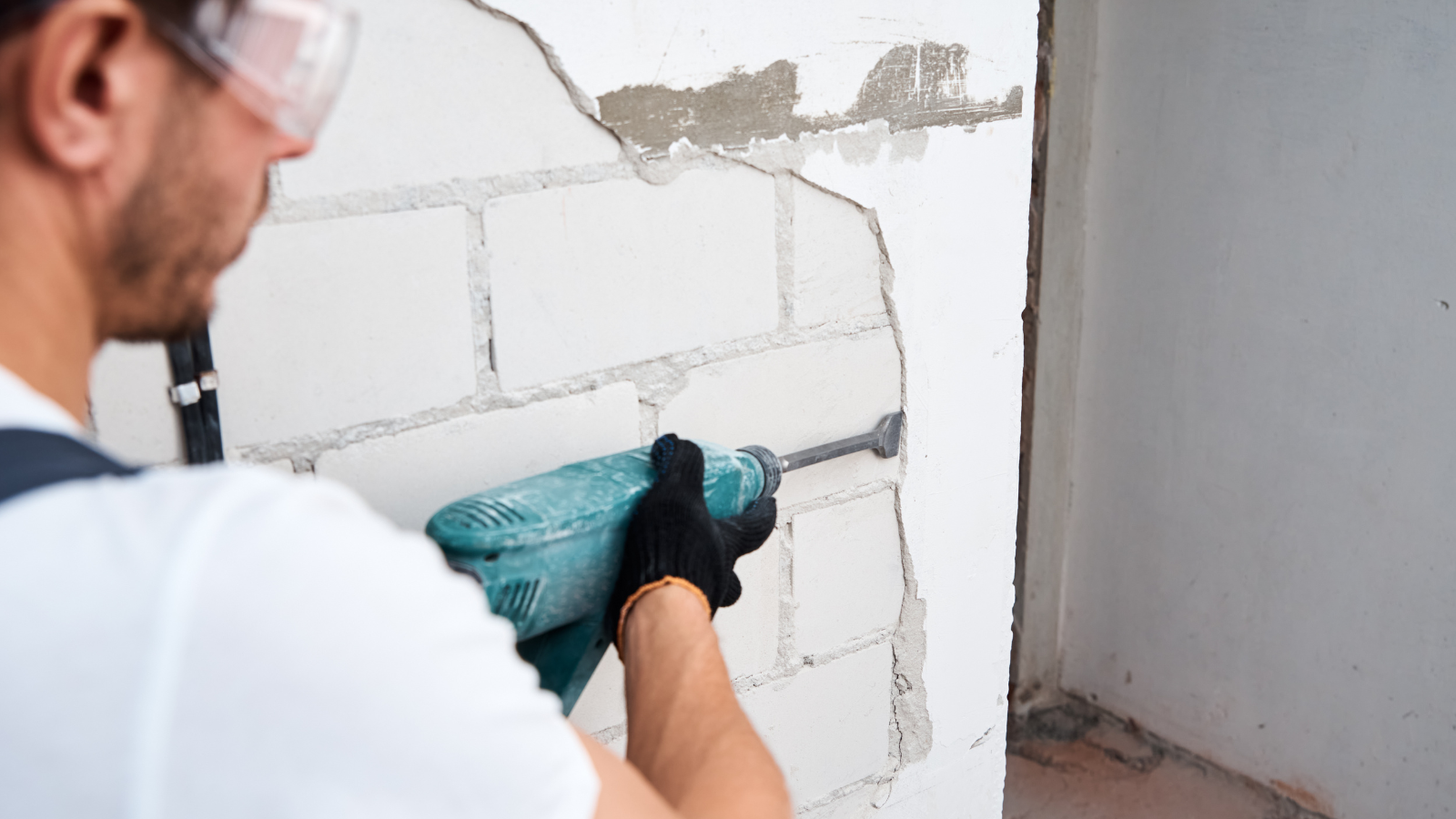The R-value of insulation is a quantitative measure of its ability to retard heat transfer into and out of a structure. If you’re considering getting new vinyl siding for your house, you need to be familiar with this term inside and out. When doing research, you might have come across this term. The experts at CMB Edison Stucco & EIFS can help you learn more about vinyl siding, R-value and other considerations when selecting a new exterior for your home.
Acquiring an R-Value of Understanding
When there is sufficient insulation inside and outside a building, neither air nor moisture can escape or enter. A material’s ability to restrict heat flow is quantified by its “R” value. A material’s ability to resist heat flow is measured by placing it between two plates and referring to a concept known as the R-factor.
Laboratory tests are performed on a square foot of material one inch thick and one square foot in area. The exterior surfaces of the material are a degree cooler than the interior. The heat flow rate in BTU/h can determine the material’s thermal conductivity.
The R-value is obtained by multiplying the R-factor by the thickness of the material. The R-value of insulation depends on its thickness and R-factor; for instance, if the R-factor is 2 and the thickness is 1.5 inches, the R-value is 3. The R-value of a material measures how well it prevents heat from escaping and keeps cold air out during the winter and how well it retains heat during the summer.
Inside Insulation
When asked what comes to mind when they hear the word “insulation,” most people picture a roll of smooth fiberglass or spray foam applied to the walls. Although effective, this insulation may still allow air leakage, leading to higher-than-necessary heating and cooling costs.
Wall insulation is typically installed in the cavities between studs rather than in them. Studs may take up about a quarter of a home’s wall space. The transfer of heat from the inside to the outside of your house due to these barriers is called thermal bridging. These energy leaks may be wasting money and preventing your home from being as warm as it could be.
Heat-Resistant Vinyl Used Indoors
Exterior insulated vinyl siding protects these studs and other areas from heat transfer and drafts, thereby reducing energy loss. Premium insulated vinyl siding has an R-value between 2.0 and 4.0. This, however, may change based on the type, brand, and size of siding that is ultimately chosen.
Most vinyl siding has an R-value of 0.61. Whether or not it is insulated, high-quality vinyl siding has a higher R-value than a wide variety of other building materials. Here are some typical R-values for standard construction supplies:
Fiber cement – 0.37
Stucco – 0.40
Brick veneer –0.44
Stone veneer – 0.11
Communicating your needs and desired aesthetic with a seasoned contractor can help you better understand siding R-value and identify which material may be best for you.
Additional Benefits of Vinyl Siding
Standard vinyl siding and insulated vinyl siding have several advantages, including a higher R-value that can help your home become more energy efficient.
Cleaning vinyl siding is as easy as spraying it down with water and a mild detergent, as opposed to painting, caulking, or staining it. Because it doesn’t require any upkeep, it also has a low maintenance cost.
High-quality vinyl siding can weather everything from direct sunlight to heavy snowfall without showing any wear. To top it all off, it is resistant to insects and moisture so it won’t rot.
Vinyl siding can be purchased in various colors and styles that mimic other materials, such as wood and stone. It can be used for multiple outdoor tasks thanks to its adaptability.
Since first impressions are so important, it is equally important that the siding’s curb appeal be high in quality as it is insulated well and has a high R-value. Vinyl siding installation can benefit a home’s curb appeal and resale value. Installing vinyl siding is brilliant if you want your home to look unique or if you intend to sell it shortly.


